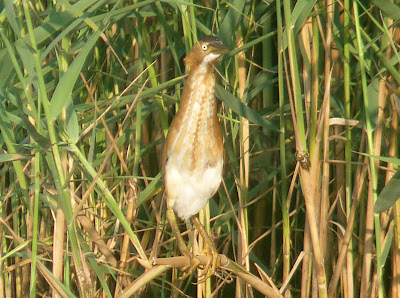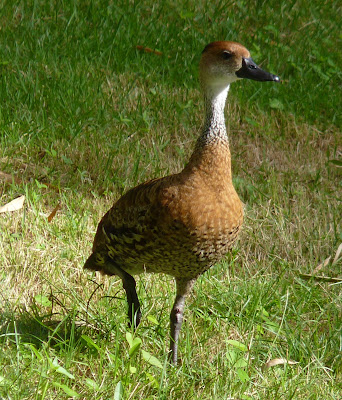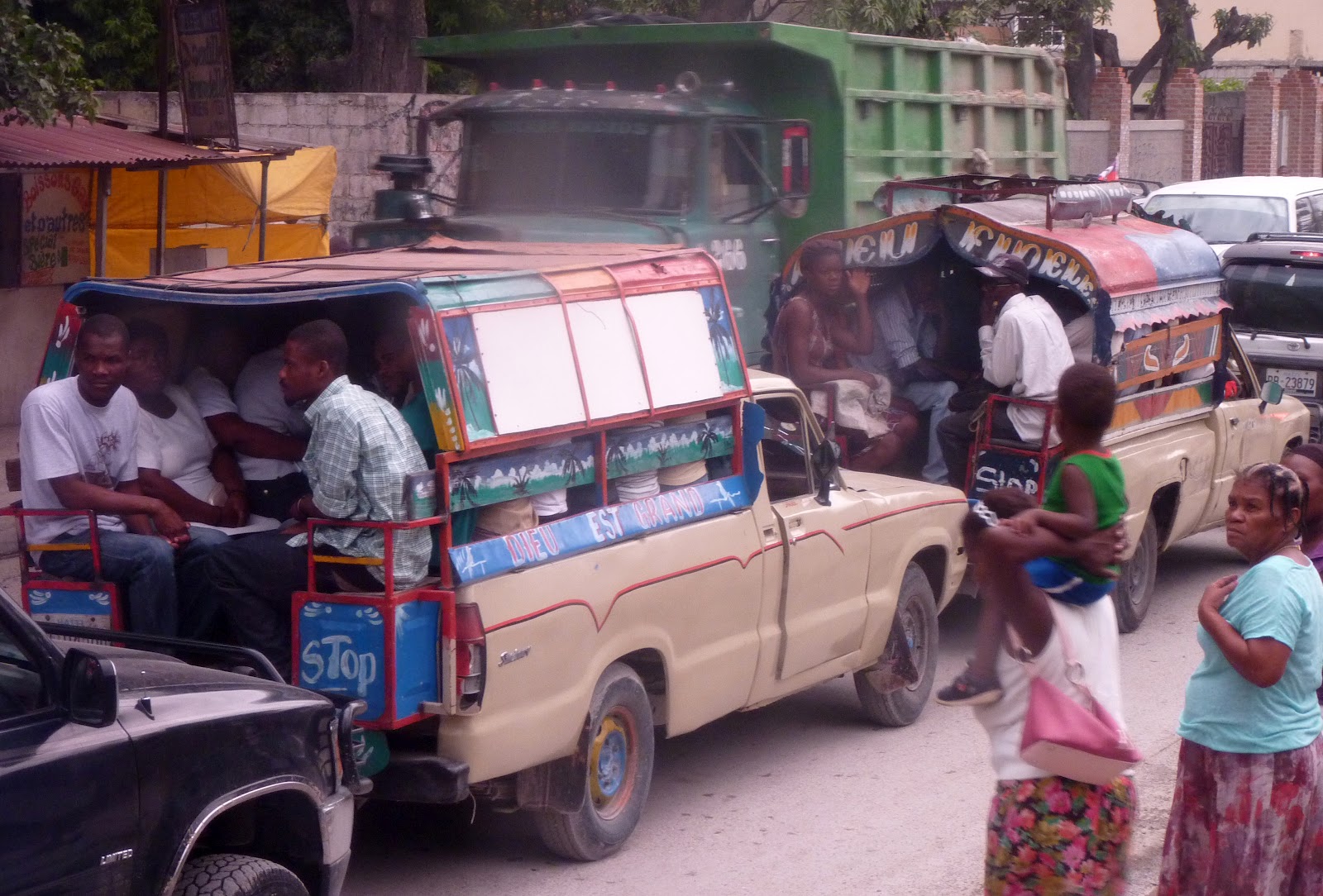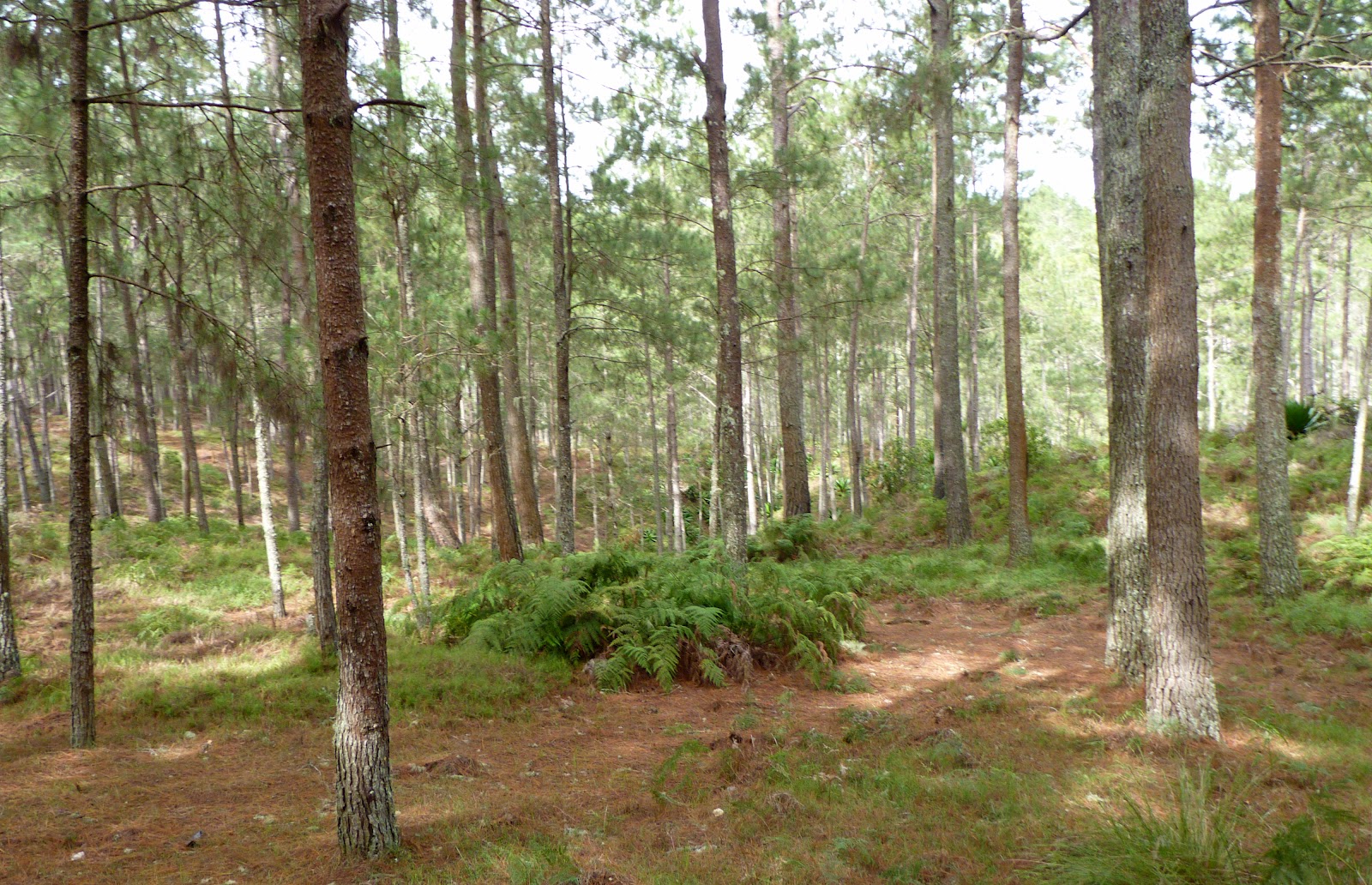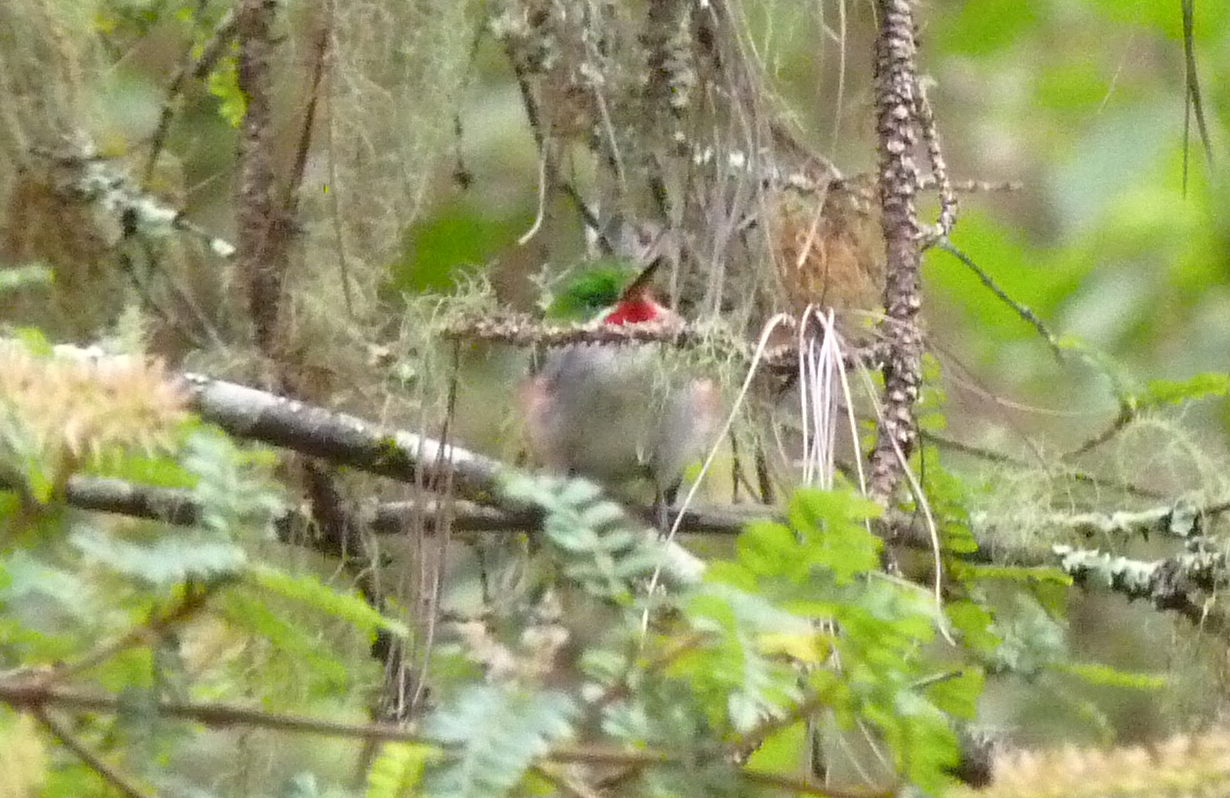While sweating it out in the marshes at Lake Mattamuskeet I got a call from Brian Patteson, Captain of the Stormy Petrel II and the preeminent pelagic trip leader in the state (if not the entire east coast).
I had inquired about space on his Saturday trip to the Gulf Stream before leaving Durham, so this call wasn't entirely unexpected. "Here's the deal..." Brian began in his no-nonsense style. "We've got a full boat, but one of our spotters is having car trouble. Would you be interested in wearing a walkie-talkie and helping us out? You'll get a free trip."
I don't think I said "hell yeah!" But that's what I was thinking. Not only was this a big break in terms of cost savings, but spotting on Brian's boat is quite an honor. His trips are world famous. Every serious North American birder has gone on, or plans to go on, one or several of his trips. It's essentially the only place one can hope to see several pelagic species, such as Great Skua, Black-capped Petrel and Band-rumped Storm-Petrel.
Of course, the fact that I got invited to spot says more about how desperate Brian was than anything about my tube-nose identification abilities! This trip was only my fourth out of Hatteras and only my second during the summer months. So I was really lucky to be in the right place at the right time to get the call. And coincidentally this was the second time within the week I had been called upon last-minute to help lead a birding tour (the first time was in the Dominican Republic).
It also turned out to be a fantastic trip! The weather was pleasant and the pelagic birds were numerous, diverse and cooperative. A few dozen endangered Black-capped Petrels paraded past the boat throughout the day. This is the very species trying to persist through the catastrophic deforestation ongoing in Haiti that I witnessed recently, so it was nice to see that they are holding on somehow.
I focused on spotting birds and calling them in to Brian, so I didn't get to take many pictures (sadly I forgot to have somebody photograph me wearing the headset up on the bow pulpit), but when a Long-tailed Jaeger started on its third close inquisitive pass around the boat I raced for my camera.
A tough bird to identify for sure! Luckily Brian called it immediately so I didn't have to throw my hands in the air make excuses about it being my first day.
Other pelagic birds not previously mentioned were: Corey's Shearwater, Great Shearwater, Audubon's Shearwater, Wilson's Storm-Petrel, Band-rumped Storm-Petrel, Red-necked Phalarope, Bridled Tern (lifer!), Sooty Tern (lifer!), and Pomarine Jaeger; a great haul.
I suppose this trip wasn't as significant bird-wise as "the greatest Hatteras winter pelagic of all time" that I was on back in February, but it was a trip I'll never forget for the role I got to play. Hopefully I'll get a chance for an encore sometime soon!
A big thanks to Brian Patteson and Kate Sutherland for having me aboard.
For a more detailed account of the bird life on this trip and much better photos, check out their seabirding blog.
To book a trip aboard the Stormy Petrel II, visit www.seabirding.com
I had inquired about space on his Saturday trip to the Gulf Stream before leaving Durham, so this call wasn't entirely unexpected. "Here's the deal..." Brian began in his no-nonsense style. "We've got a full boat, but one of our spotters is having car trouble. Would you be interested in wearing a walkie-talkie and helping us out? You'll get a free trip."
I don't think I said "hell yeah!" But that's what I was thinking. Not only was this a big break in terms of cost savings, but spotting on Brian's boat is quite an honor. His trips are world famous. Every serious North American birder has gone on, or plans to go on, one or several of his trips. It's essentially the only place one can hope to see several pelagic species, such as Great Skua, Black-capped Petrel and Band-rumped Storm-Petrel.
Of course, the fact that I got invited to spot says more about how desperate Brian was than anything about my tube-nose identification abilities! This trip was only my fourth out of Hatteras and only my second during the summer months. So I was really lucky to be in the right place at the right time to get the call. And coincidentally this was the second time within the week I had been called upon last-minute to help lead a birding tour (the first time was in the Dominican Republic).
It also turned out to be a fantastic trip! The weather was pleasant and the pelagic birds were numerous, diverse and cooperative. A few dozen endangered Black-capped Petrels paraded past the boat throughout the day. This is the very species trying to persist through the catastrophic deforestation ongoing in Haiti that I witnessed recently, so it was nice to see that they are holding on somehow.
I focused on spotting birds and calling them in to Brian, so I didn't get to take many pictures (sadly I forgot to have somebody photograph me wearing the headset up on the bow pulpit), but when a Long-tailed Jaeger started on its third close inquisitive pass around the boat I raced for my camera.
 |
| immature Long-tailed Jaeger - fresh from the arctic |
A tough bird to identify for sure! Luckily Brian called it immediately so I didn't have to throw my hands in the air make excuses about it being my first day.
Other pelagic birds not previously mentioned were: Corey's Shearwater, Great Shearwater, Audubon's Shearwater, Wilson's Storm-Petrel, Band-rumped Storm-Petrel, Red-necked Phalarope, Bridled Tern (lifer!), Sooty Tern (lifer!), and Pomarine Jaeger; a great haul.
I suppose this trip wasn't as significant bird-wise as "the greatest Hatteras winter pelagic of all time" that I was on back in February, but it was a trip I'll never forget for the role I got to play. Hopefully I'll get a chance for an encore sometime soon!
A big thanks to Brian Patteson and Kate Sutherland for having me aboard.
For a more detailed account of the bird life on this trip and much better photos, check out their seabirding blog.
To book a trip aboard the Stormy Petrel II, visit www.seabirding.com
